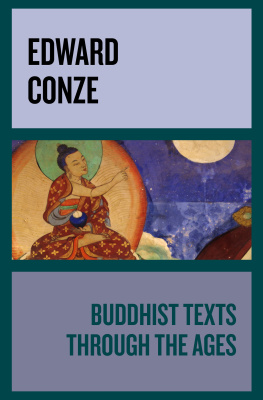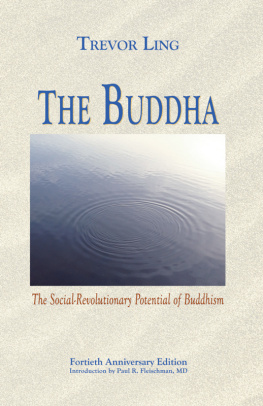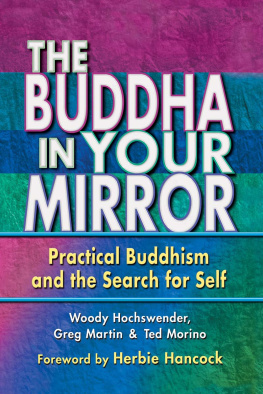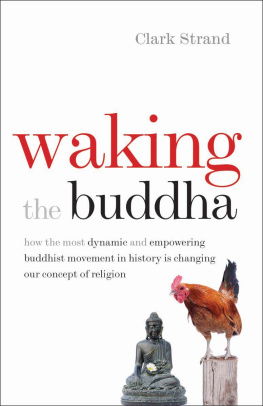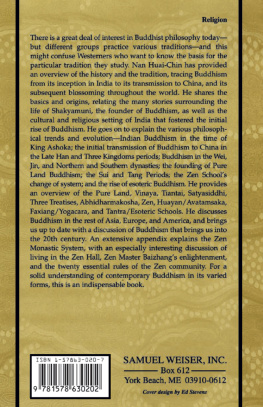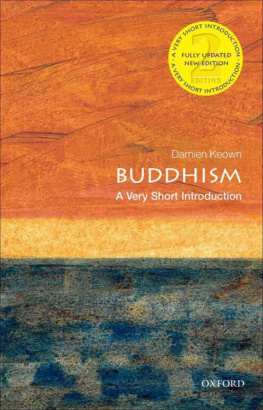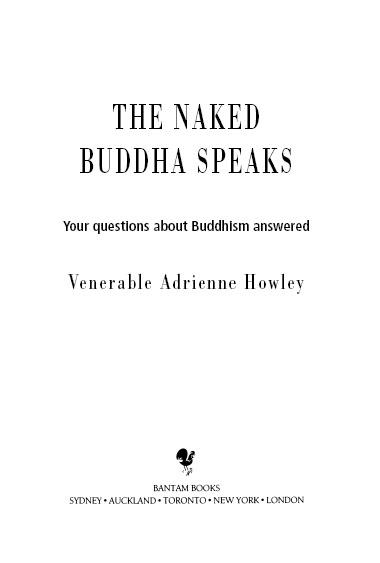Introduction

This book sets out some of my thoughts connected to the Dharma (Buddhist teachings) and how a seeker can go about finding the Way. Many people who read my book The Naked Buddha still had questions, which they hoped I might discuss with them. I did my best by telephone, mail and in person but I soon realised that a companion book to The Naked Buddha was necessary. I hope this collection of considered thoughts will help those who are on the Buddhist journey along the Middle Way or Eightfold Path.
Some pieces in this book are serious and some are rather tongue in cheek, such as tales from the Bible I have retold, with no offence meant to religious Jews or Christians. Most of the chapters are based on questions put to me since the publication of The Naked Buddha .
I have replied just clearly enough to stimulate further investigationwhich is what Buddhism is all about.
The short discussions in this book are a mixture of the serious and the light. Not all of us respond to the same type of teaching. Some people begin their learning with material from everyday life, even in story form, and start to see that the Buddha Dharma is true and works in diverse ways and situations.
The lighter elements of this book are not intended in any sense to ridicule anyone or anything. They are food for thought, a way to look at things from a different angle, so to speak. All I ask is that you not accept a word of any of my writings without personal investigation of your own.
Beginning our investigation into Buddhism without prior understanding (and sometimes with quite a lot of misunderstanding), we are confronted with much that seems quite alien, as well as much that has a strangely familiar twinge to it.
We see Buddhist temples, whether they be chuas, gompas, salas, pagodas or other buildings, all of construction designs different from our places of worship, yet very similar because within them the rituals of religion are carried out and provision is given for quiet, individual contemplation. They are not all that different from the churches, chapels, mosques and synagogues of Jewish, Christian or Muslim religions.
Keeping in mind that Buddhism has spread into many cultures over more than 2500 years and has absorbed many of the beliefs of these cultures, we will find a great diversity of adornment in Buddhist churches and differences in the rituals and focus of ceremonies. These can be unintelligible without study of the political, social, religious and philosophical background of the people who are practising their version of Buddhism.
At first contact there is much that looks like heathen idol worship. Thus a profound philosophy is veiled from the seekers gaze. This impression is strengthened by the use of certain musical instruments producing what seem to the listener to be most unmusical soundsor certainly not sounds that appeal to the Western ear.
There is the somewhat more familiar presence of monks and nuns, but how are novices distinguished from fully ordained nuns and monks and exactly what does this distinction mean? There is obviously seniority but how do we recognise it? The only way the outside observer can differentiate between them is by the number of patches on their yellow robes: the more patches, the more senior they are.
And the most important question of all: what of the founder of all this? The statues of Buddha are obviously stylised, idolised. Do they represent a god? A saviour or hero from the past? A mythological being? Or are they the abstract representation of an ideal? Or a human person? The answer to these questions is more simple than would appear to the non-Buddhist.
Amid all the cultural and religious pageantry, ritual and ceremony, the basic Buddhist teachings remain unchanged since the time of the Buddha. What the Buddha taught is taught today to those who seek to learn and are prepared to start at the beginning and remain on the search until they find what they seek.
In my earlier book The Naked Buddha and in this book, I hope you will find short, clear accounts of who the human being who became the Buddha was as represented by Buddhist statues, as well as the main points of what he taught and how best to go about approaching a proper understanding of his teachings.
At first glance the basic principles of Buddhism seem simply commonsense (which they are) and involve a due regard for the welfare of all beings. This is where many inquirers stop. They are decent, caring persons doing all the good they can in this existence. It is a pity that they stop here because this is merely the foundation of Buddhism. Yet it is not easy to go further without guidance or pointers on where to look and what to do with what you find.
You can simply do as you are told to do by the first teacher you approach. Or you can do what any Buddhist would advisesearch diligently for the teacher you feel is the one, the guru you can trust as someone who really understands the teachings, where they came from and where they can lead. Ritual and ceremony have their place, but not as crutches along the Buddhist Paththe Middle Way.
I do not profess to be a teacher or guru but, as anyone who knows me will agree, I love to talk about Buddhism and in this book that is what I do. To those who want to listen I wish you a wonderful journey, wherever it may lead.
Adrienne Howley
Lorn, 2002





